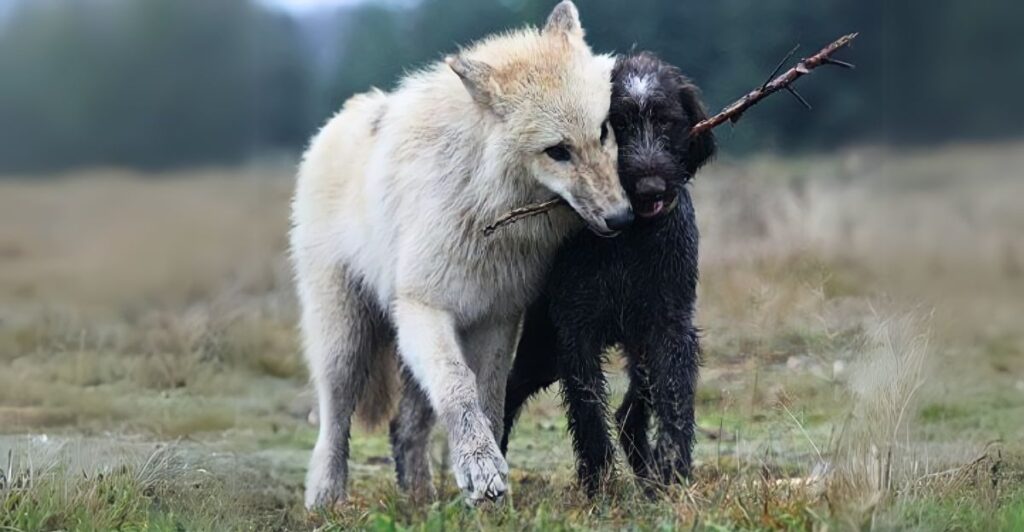
Our canine companions share a lot of commonality with wild wolves due to their ancestry. Our dogs have evolved over thousands of years to become what they are now, but some breeds still have a lot of striking physical, behavioral, and genetic similarities with wolves.
Many dogs have changed considerably over time through selective breeding to suit the needs of their caretakers; there are a few breeds whose genetics have stayed surprisingly pure and unchanged, meaning they are one step closer to the first wolves that were domesticated by humans thousands of years ago.
These breeds offer us a glimpse into the fascinating journey that our pets have taken, from a history of living in the wilderness to eventual domestication.
Siberian Husky
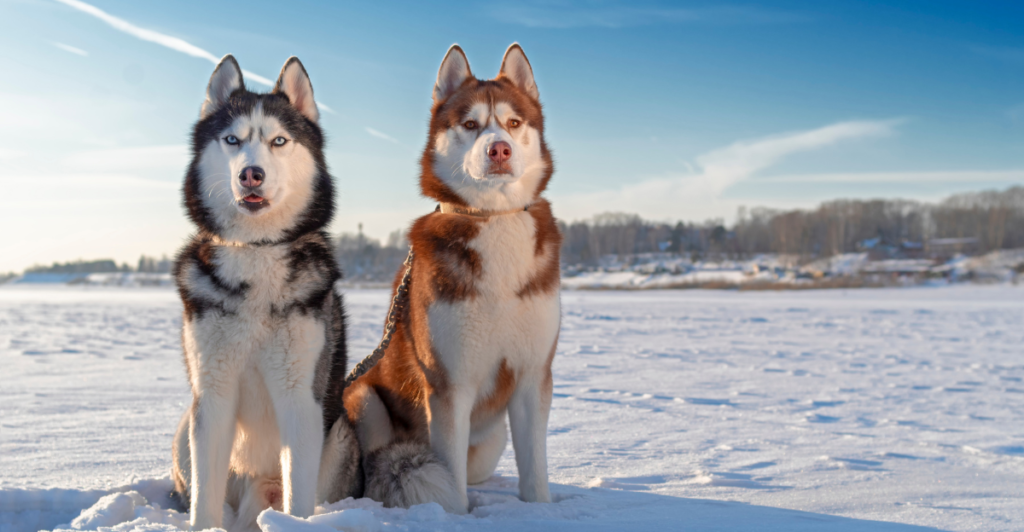
Siberian huskies are notorious dog breeds known widely for their stubborn personalities and iconic howls. They have “purer” features, making them resemble wolves more than many other modern breeds, including sharp ears, thick fur for extreme environments, and striking eyes, usually blue or even multicolored.
Their genetic makeup is closer to wolves than many other breeds, and their ability to survive in extreme Arctic conditions shows similar adaptations to those found in wolves today. Their howling is seen as a very “wolf-like” trait, as opposed to barking, which most domestic dogs do.
The Siberian huskies lineage has genetics have remained unchanged largely due to them perfectly suiting their purpose as sled dogs. They also thrive in packs, which is another similar behavior to wolves.
Alaskan Malamute
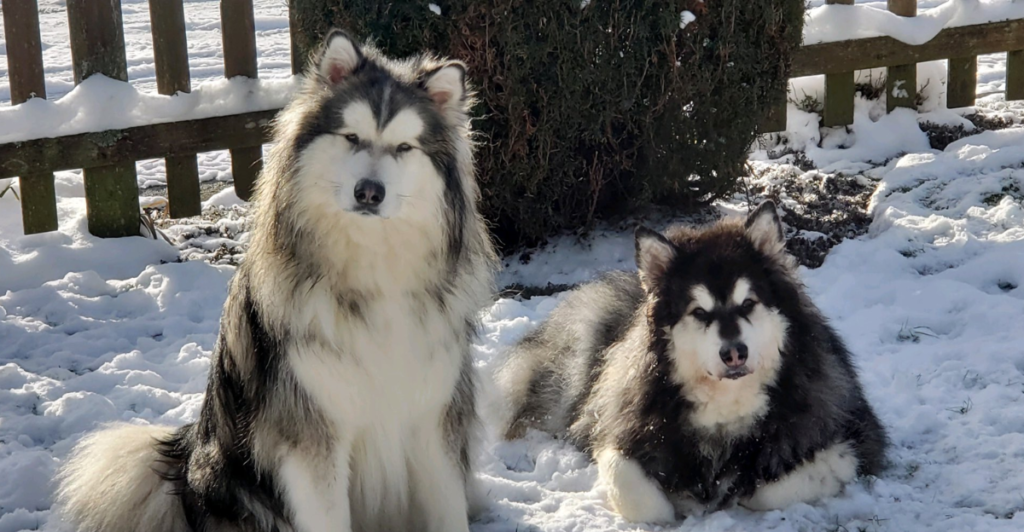
The Alaskan Malamute can be easily mistaken for a husky by the untrained eye. They are one of the oldest and purest Arctic sled dog breeds, and their lineage traces back to more than 4,000 years ago. They have a heavy, muscular build and exceptional endurance, mirroring the same traits found in wolves.
This dog breed was originally bred by the Mahlemut tribe and played pivotal roles in helping them haul heavy cargo across vast expanses in extremely cold conditions. Their thick fur is specially designed to keep their body heat regulated in even the most inhospitable climates.
Similar to huskies, their vocalizations are made up for howling rather than barking, which makes their closeness to wolves even more evident. Malamutes need a lot of physical exercise to thrive, highlighting their wild instincts.
Saluki

The Saluki is an ancient breed whose lineage goes back to 10,000 BC. Their heritage lies in ancient Egypt and are often called the “royal dog of Egypt.” They have an elegant physique, which may make them look far removed from wolves, but they retain many similar traits, such as a high prey drive and amazing endurance for hunting.
They have a lot of speed and agility, which were imperative during hunts where they preyed on large prey like gazelle and other smaller mammals.
Owners of Salukies know about their independence and aloofness well, showcasing their less domestic nature compared to other breeds that thrive on close bonds and human connection.
Afghan Hound
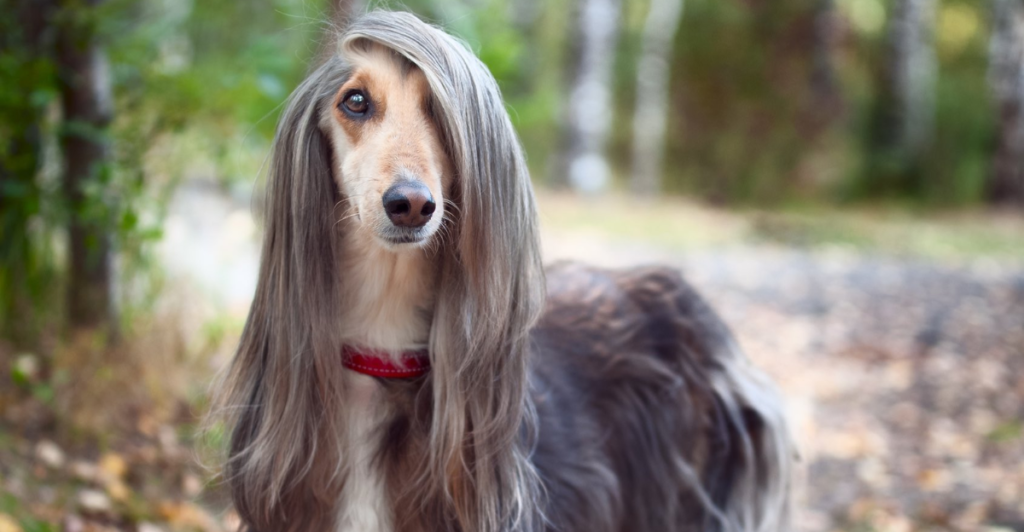
The Afghan hound is another ancient breed with a pure and untouched lineage. Their genetics date back thousands of years where the terrain was far more rural than it is today. They are majestic dogs that have little genetic divergence from their wolf ancestors.
They are aloof animals, known for being independent and bred for the rugged and hot terrain of Afghanistan. They are a hunting breed with old genetic instincts that mirror many wolf traits, including taking on potentially dangerous wildlife is they have to, such as leopards.
The intelligent breed can be difficult to train due to their independent and wild nature, meaning they are closer to wolves than their appearance may lead many people to believe.
Shiba Inu
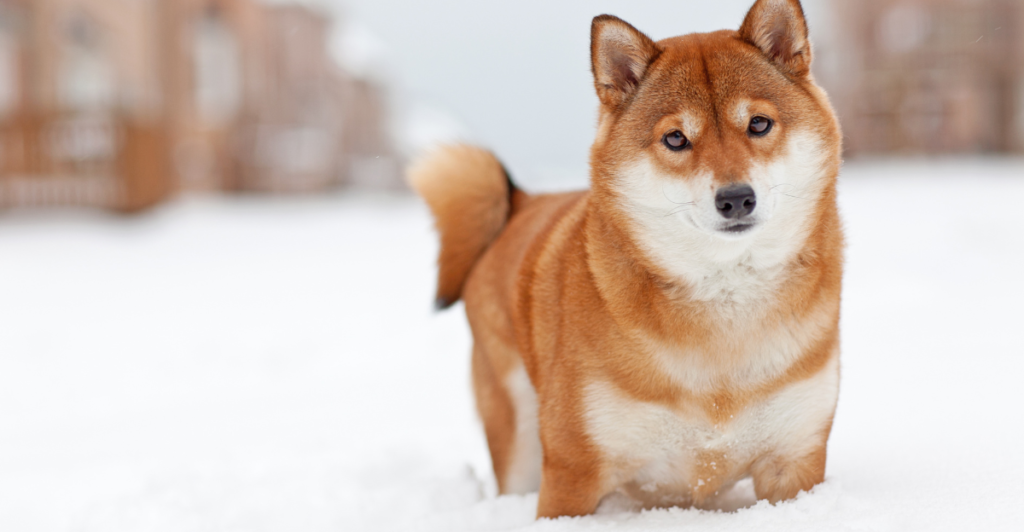
Japan’s oldest native dog breed is the Shiba Inu, who may look playful and full of whimsy, but they have a lineage in wild Japanese wolves. Their breed originates further back than 3,000 years ago and was used as a reliable hunting companion in mountainous and potentially dangerous regions.
Although they look almost fox-like, they share a lot of DNA with Japanese wolves, making them a closer genetic match to their ancient ancestors compared to many other dog breeds. They are a spirited breed with a lot of personality and independence.
Shibas can show territorial behaviors, which could be a closer sign of their lineage with wolves, where protecting their domain was important for survival.
Chow Chow
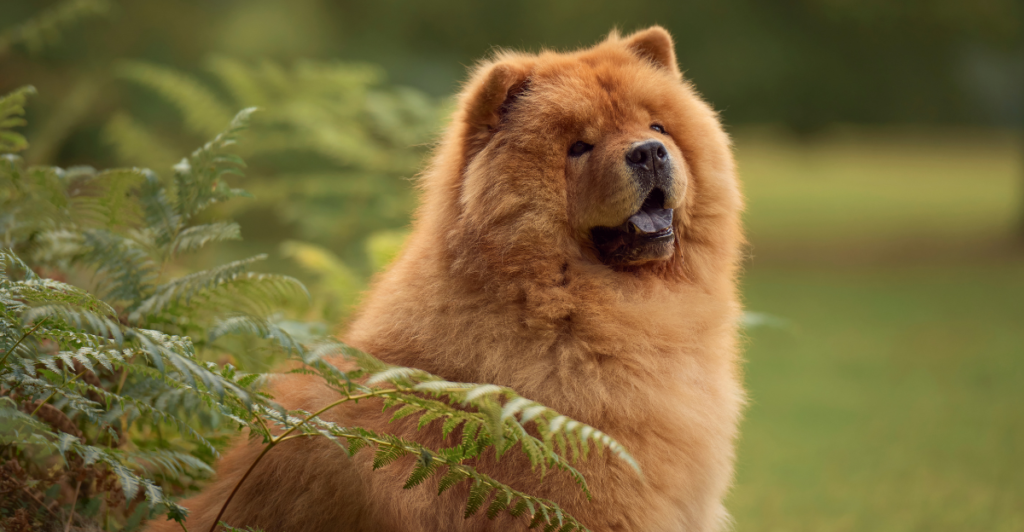
The Chow Chow is an ancient dog breed that originated in China more than 2,000 years ago. They were bred to be guard dogs for both livestock from dangerous predators and in palaces to keep royalty safe.
They have a regal and majestic appearance with their lion-like mane. Their aloof personality reflects a primal drive that is found in wolves and not often seen in other dog breeds. Chow Chows can be territorial of their both their owners and the properties they dwell in, mirroring wolves protecting their packs.
Although their appearance does make them look slightly intimidating, they are amazing companions when trained properly, and they require consistent socialization because of their independent nature.
Czechoslovakian Wolfdog
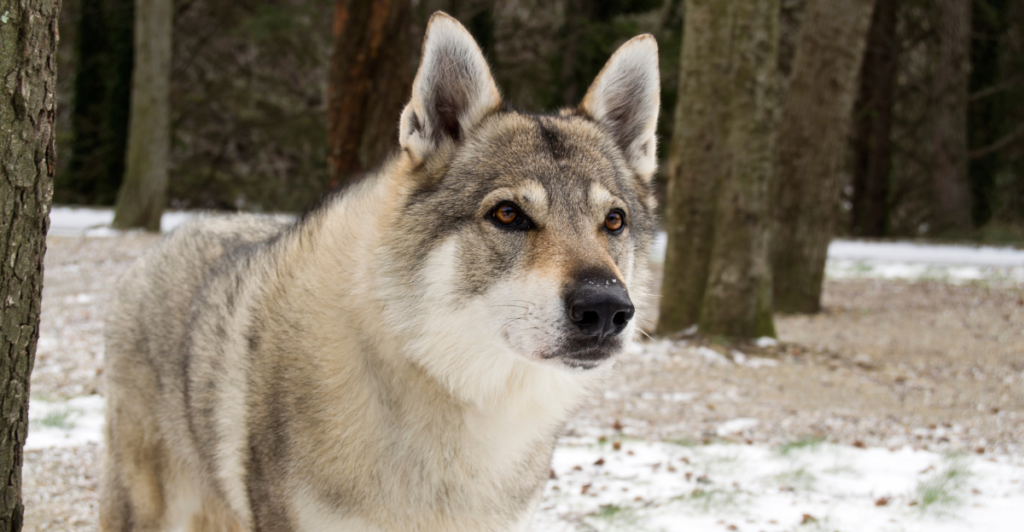
As the name suggests, the Czechoslovakian wolfdog shares a lot of its DNA with wolves despite its remarkably short lineage. They are a direct hybrid between domesticated German shepherds and Carpathian wolves.
Their first appearance was in the 1950s when the Czechoslovakian military wanted a canine species that would be well-suited to a military career. Retaining many genetic traits from their wolf parent, they have impeccable intelligence, independence, and endurance.
They are trained for specialized tasks like search-and-rescue missions. They have a striking resemblance to wolves and are an example of closely related canine-wolf ancestry.
Lhasa Apso
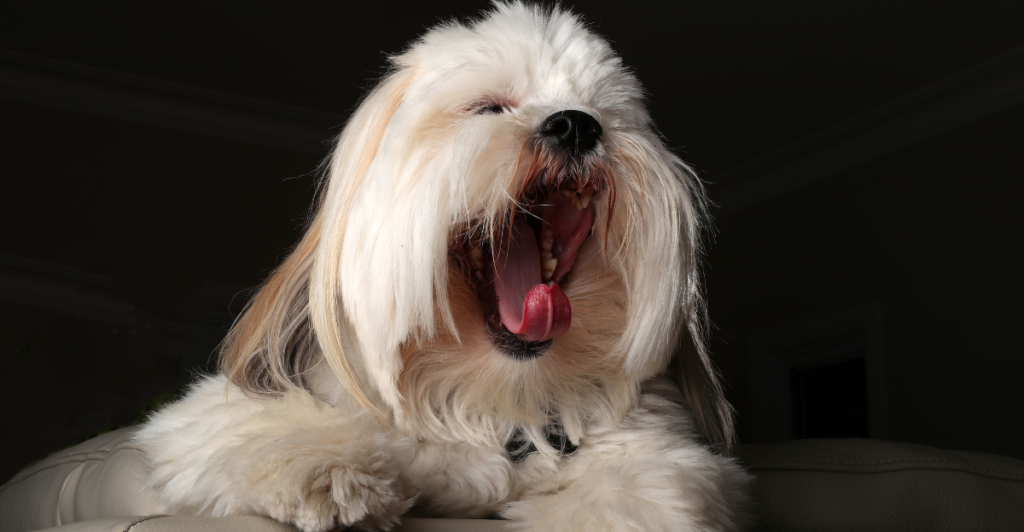
The Lhasa Apso is a surprisingly closely relative dog breed to wolves due to their ancient lineage as Tibetan watchdogs from over 1,000 years ago. They were originally bred to guard monasteries and keep personnel safe against any intruders.
Thanks to their heritage, they have fierce territorial instincts to protect their domain. Their protective nature parallels wolves in the wild that rely on each other to keep a perimeter and ensure no danger gets too close.
Lhasa Apsos do not trust strangers that come into their territory, and will be ready to defend their caretakers or their territory at a moment’s notice thanks to their alert behavior. They require patient training and socialization to ensure that they thrive.
German Shepherds
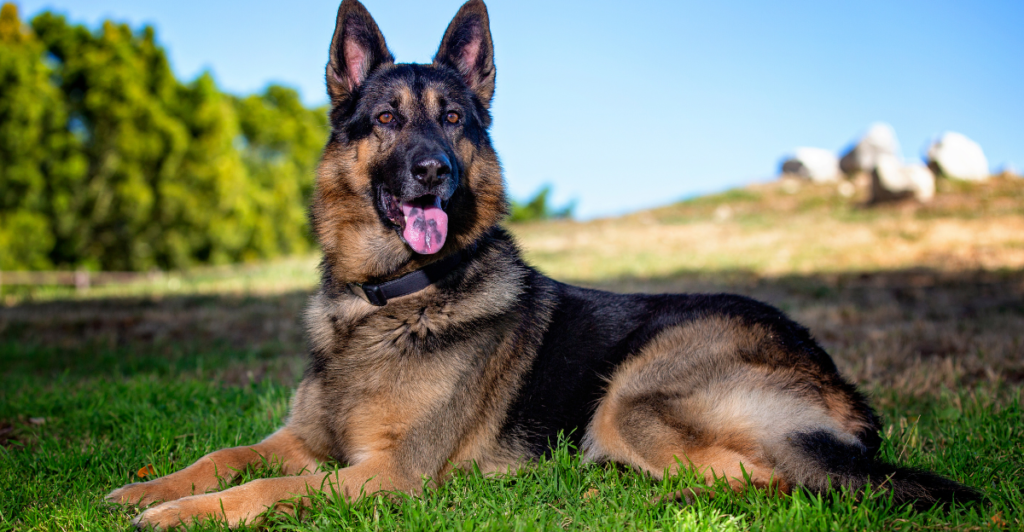
One of the most well-known dog breeds on this list, the German shepherd, originated in Germany during the late 19th century and was originally used as a herding sheep. As caretakers noticed how adaptable the breed was, they quickly pivoted to many different roles, including working dogs and protection.
They owe their versatility and intelligence to their wolf ancestors. In the 21st century, German Shepherds excel in roles that require a lot of discipline and obedience, such as law enforcement and search-and-rescue.
Their problem-solving abilities are among some of the best among domesticated breeds and their loyalty and independence makes them a fascinated dog among wolf-related breeds. German shepherds are highly trainable but require routine and structured sessions and consistent stimulation to avoid boredom, which reflects their energetic nature.
Explore more of our trending stories and hit Follow to keep them coming to your feed!

Don’t miss out on more stories like this! Hit the Follow button at the top of this article to stay updated with the latest news. Share your thoughts in the comments—we’d love to hear from you!







